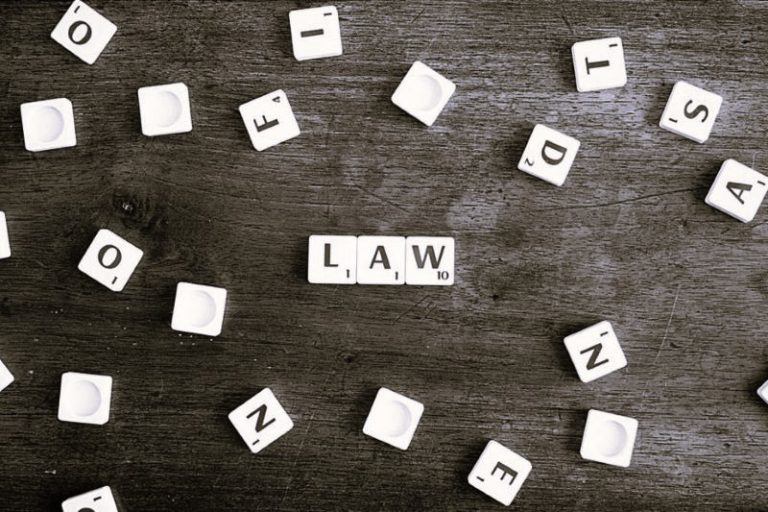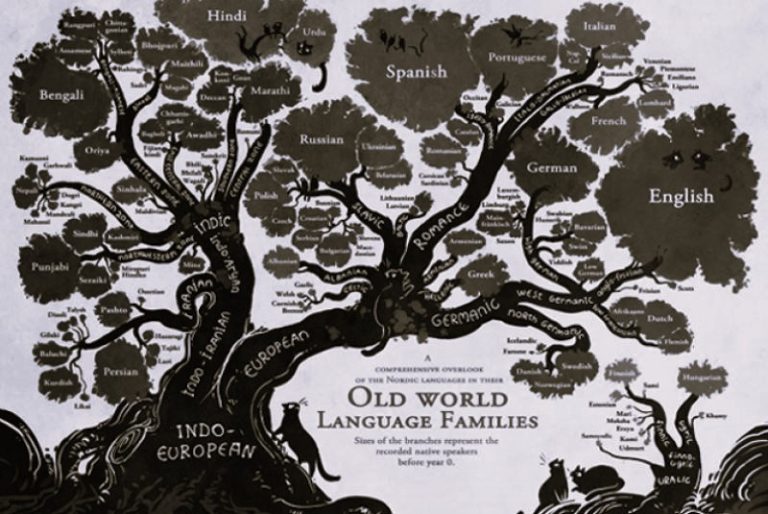

The public is finally realizing what antifascists have warned for years: these symbols are rooted in American culture.

By Billy Anania
Editor, Critic, and Journalist
How did a mob of angry Trump supporters come so close to harming members of Congress on January 6, 2021? Capitol police and the Federal Bureau of Investigation (FBI), two government agencies adept at suppressing dissent, have been conspicuously lenient compared to their interventions in leftist movements. Feigning ignorance to what the US really represents, politicians and mainstream media outlets still fail to connect QAnon with white supremacy and convey the ubiquity of racist hate groups, whose ideology is prevalent even in the federal government. Their slogans and symbols are out in the open, and we need to get better at detecting them.
From Proud Boys and neo-Nazis to anti-government militias, a broad fascist coalition has consolidated around Trump’s claims of election fraud and deep-seated white fragility. Fascism has no clear-cut definition, but it does have concrete symptoms: simultaneous claims of victory and victimhood, diligent beliefs in nativism, and what Umberto Eco called the “cult of tradition.” This last component covers the far-right ideological spectrum, which is why Confederate and “Don’t Tread on Me” Gadsden flags appear alongside Ku Klux Klan (KKK) signs and posters of 4chan memes. Five years of neoliberal class reductionism created an illusion about Trump supporters: that they live in “flyover” states, work in increasingly obsolete industries, and struggle financially. While this rhetoric swayed swing voters in 2016, reports from Capitol Hill showed many insurrectionists were affluent business owners and off-duty police officers associated with these hate groups.
READ ENTIRE ARTICLE AS HYPERALLERGIC






